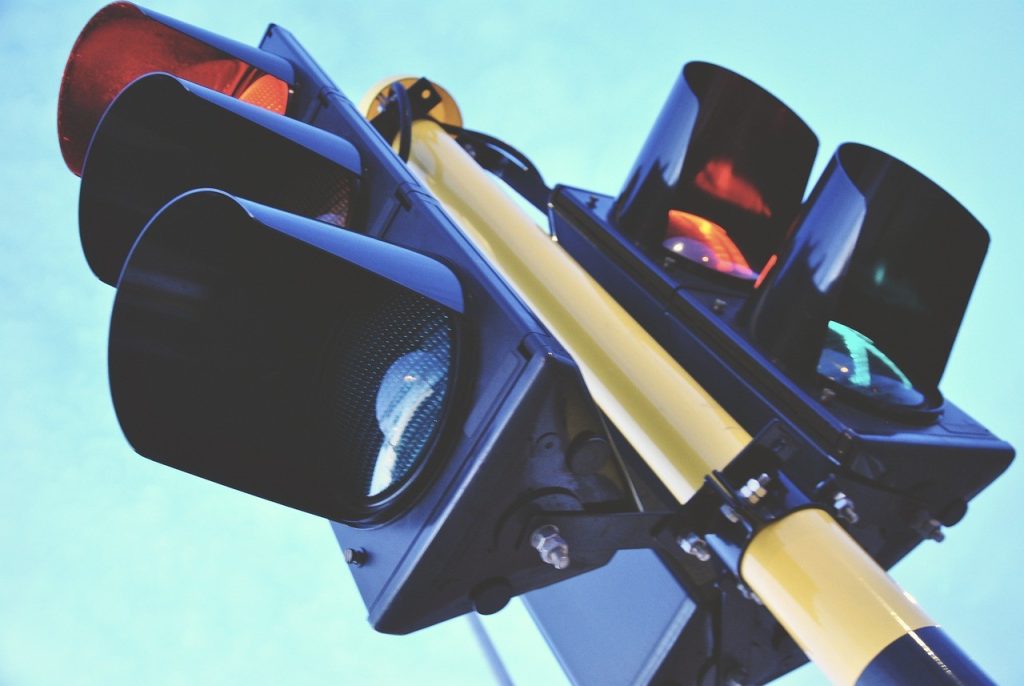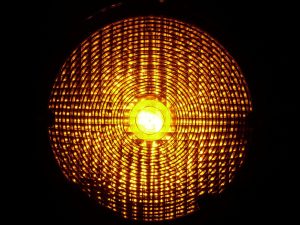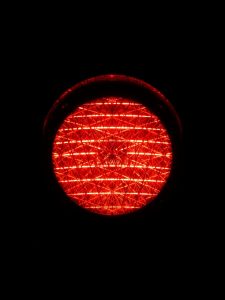All fields are required
Posted in Our Blog on February 27, 2024

Much of cooking is common sense. The oven is hot. Ice is cold. You can get sick from eating raw meat. Most people know most things. But everyone can benefit from a refresher. Let’s take a ride and discuss some kitchen safety tips to give you a “green light” in the kitchen.
We are all familiar with traffic signals. Red means stop. Yellow means slow down. Green means go.
There are a lot of red light, yellow light, and green light moments in the kitchen.
Green lights mean smooth sailing. Everything is good, and you are having a great time. Things smell great. Things look great. Everything is wonderful.
Yellow lights mean slow down. These are times when you need to pause and assess the situation. Activities start to get risky and you have to take a moment to make the right decision or potentially sicken yourself or your family with an unfortunate mistake.
Red lights mean stop. These are big no-no’s. Red light situations require immediate action or there is certain to be trouble.

image by Hans via Pixabay
Cooking can be a fun activity. Within certain parameters, even young children can join in on the labor of love that goes into preparing the food that will nurture their bodies and soothe the soul. Keep the light green with the following kitchen safety tips.
Everyone participating in the cooking activities should practice good hand hygiene. Frequent hand washing is important to keep food safe and prevent cross-contamination.
Hands should be washed:
Wash your hands with warm soapy water for 20 seconds and dry them with a clean towel.
The stove/oven is the heart of the kitchen. While other appliances hold their own, the stove often gets the most action. Quite a few kitchen safety tips involve the use of this appliance, regardless of whether it is electric or gas.
Kitchen cooking tips often overlook one of the most widely used appliances in the kitchen. While the stove is the star, the microwave is key supporting cast. Keep the kitchen light green by following these microwave kitchen safety tips.

image by Hans via Pixabay
Yellow light activities require a moment’s pause to ensure you are cooking safely in the kitchen. These higher risk tasks are routine, but could tip into red light territory if not handled properly. Slow down and stay safe with these yellow light kitchen safety tips.
It might be annoying that the blackened chicken dish or other culinary masterpiece you are cooking has set off the smoke alarm. You know there is no fire, but that little device doesn’t. And so, it wails.
You want the smoke alarm to let you know when there is a real fire or dangerous situation. Don’t trust your memory to replace those batteries.
They may look clean enough. Perhaps a little damp. But do not use the same kitchen towel for everything. Using the same kitchen towel for cleaning the counter or cutting board and then drying your hands can spread bacteria around the kitchen.
Liquid from raw meat is potentially full of bacteria. Be mindful that this liquid does not spill onto other foods, especially those you do not need to cook.

image by Hans via Pixabay
Red light situations require immediate action. Cooking activities stop and immediate response is required. These are unsafe conditions where people can become seriously hurt or sick. Stop and think with these red light kitchen safety tips.
Fires are a serious risk in the kitchen. While most fires start when cooking food is left unattended, a fire can happen any time heat is used.
Burns due to boiling liquids or steam are called scalds. Some scalds can be treated at home, while more serious injuries require medical attention. If you are scalded by boiling liquid or steam, immediate action is needed.
Knife injuries are a serious risk in the kitchen. Using sharp knives, while it may sound contradictory, is safer than using a dull one. Dull knives require more pressure to cut through firm items, making it more likely to slip from your grip and cause injury.
Remember, food safety in the kitchen is as easy as observing the traffic lights. Keep things safe with green, slow down and respond when yellow, and immediately stop when red. Keep these kitchen safety tips in mind as you prepare every snack and meal in your kitchen.
If you’d like to know more about food safety in the news, like Kitchen Safety Tips, check out the Make Food Safe Blog. We regularly update trending topics, foodborne infections in the news, recalls, and more! Stay tuned for quality information to help keep your family safe, while The Lange Law Firm, PLLC strives to Make Food Safe!